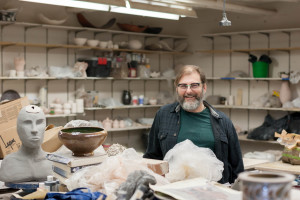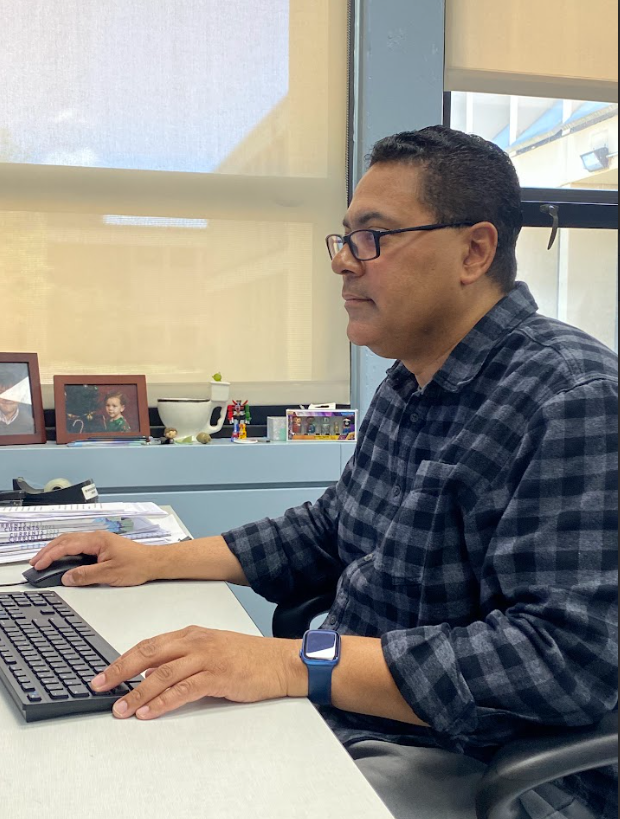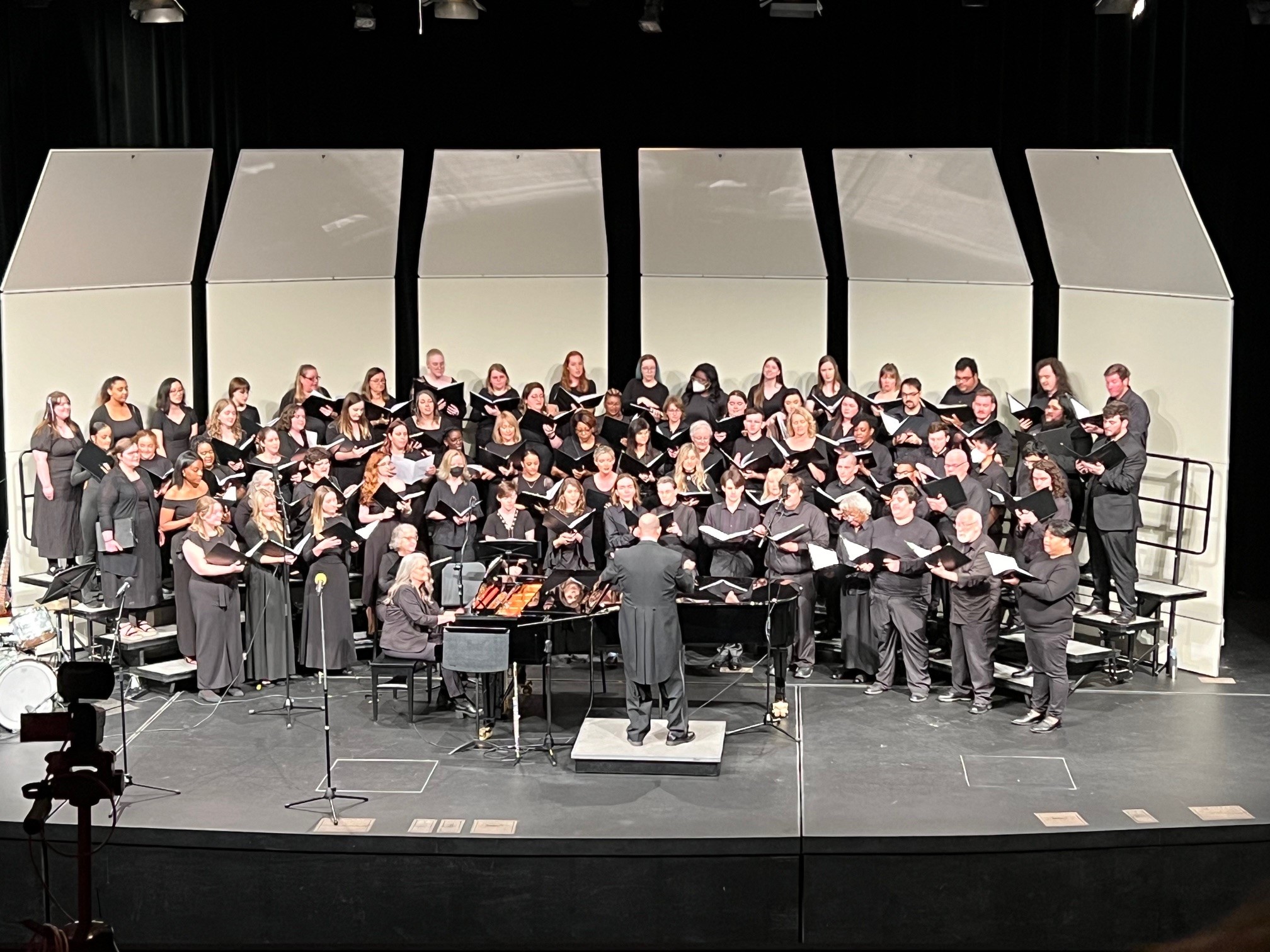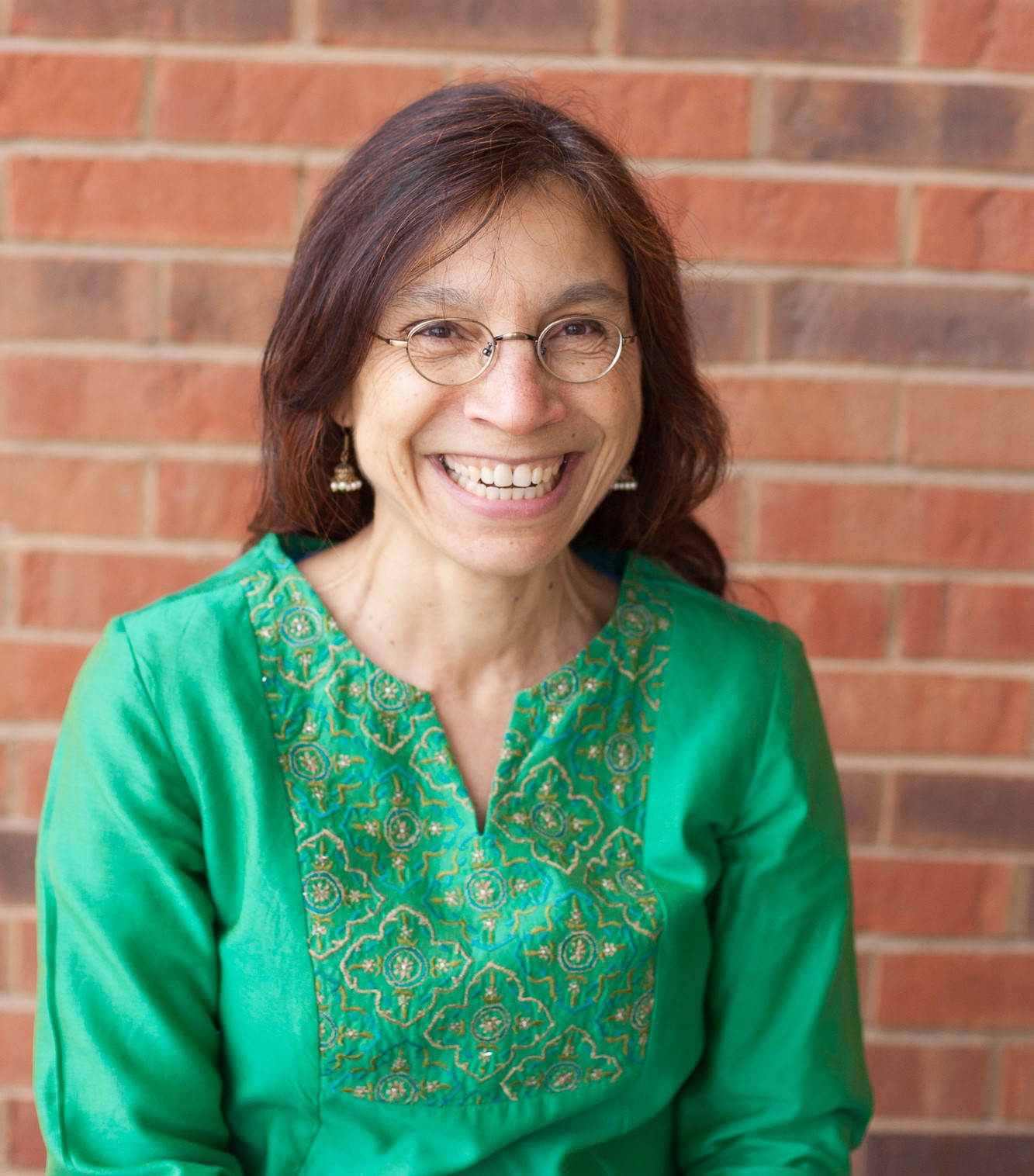Jim Ibur calls the money ‘a game changer’, plans to travel to Greece and construct new kiln
Lauren Johns
Staff Writer
Five years ago, the Regional Arts Commission (RAC) realized that in order for artists to reach their full potential, they need more time and adequate funds. As a result, the organization changed its focus

to support grants Since then, these grants, given to a select few artists per year, allow awardees to cut back on work hours and focus on what they do best; creation.
On Feb. 12, one of Meramec’s own artists, ceramics professor James “Jim” Ibur, was awarded a $20,000 fellowship grant to further pursue his passion for ceramics. Ibur was one of only 10 St. Louis area artists to receive the honor.
Ibur’s artistic journey started early. As a child, he was always fascinated with sculpting and pottery. It wasn’t until age 17, however, that he started truly exploring his interests. And, like many other artists, his first few attempts yielded less than desirable outcomes.
“My sister took a pottery class and I remember always thinking it was the coolest thing I’d ever seen,” said Ibur. “I was terrible, horrible at it actually, so why I’m sitting here in front of you right now is not really clear.”
Mediterranean culture plays a large role in many of his works. Ibur said he’s drawn to items lost in shipwrecks like oil or storage jars, especially when they’re encrusted with sea life
and decay.
“They hold stories of where they’ve been when they’re brought back up,” said Ibur.
Ibur began teaching at Meramec in 1993. He often incorporates his inspirations into class projects, requiring his students to do research beforehand. His class’s current project involves gratitude jars, a project for which students must write ten things they’re grateful for on slips of paper and create a vessel for storage, taking an ordinary item and remixing it by adding a sculpted animal, human, or alien head.
Aside from ceramics, Ibur also participated in music, growing up a drummer and eventually switching to guitar and playing with his friends in a band, “Flying House,” which still exists to this day. Their next performance is on May 12 in Delmar Hall.
“Both [ceramics and music] have been duking it out ever since,” said Ibur. “Creativity is my bag.”
As much as Ibur loves both his job and his band, his true aspirations lie in traveling to the places that inspire his work. He called the grant money “a game changer” and already has plans to put it to good use.
“I really work hard at teaching and being an artist, but just having that extra bit allows me to go to Greece for research on Mediterranean pottery,” said Ibur. “I’m also building a new kiln in
my yard.”
Ibur stressed the importance of avoiding isolation as an artist in the face of criticism. It’s worthwhile, he said, to network, find a supportive community, and keep an open mind.
“We are all very sensitive people. Because we put so much of ourselves into our work, rejection feels like a personal diss. You’ve just got to figure out how to roll with it and get back up on the horse,” said Ibur. “It’s easy to say ‘develop a thicker skin’, but rejection still hurts. All you can do is
keep making.”











